FAQs
Below are Kilimanjaro FAQs (frequently ask questions) from our clients. They pertain to the Kilimanjaro climb. They also cover travel to Africa, safari questions, general questions, and the booking process.
Furthermore, to narrow down your search, click on the blue tabs. If there is a question you have that is not answered here, email us at info@peakplanet.com.
If you still have questions, go to our blog page and odds are you’ll find an article that was written with you in mind. https://peakplanet.com/blog/
To begin the booking process go here: https://peakplanet.com/dates-prices/.
Can we bring plastic bags to Tanzania?
The Tanzanian government has banned single-use plastic bags like shopping bags. You can still use Ziploc bags for your loose items and to keep items dry.
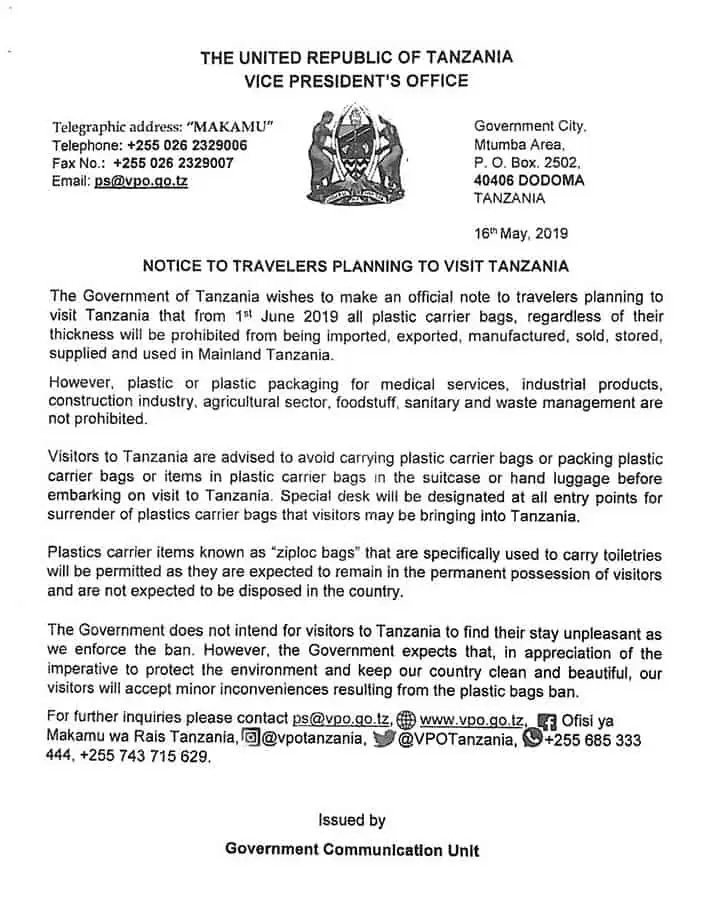
Can I use a drone on Kilimanjaro or on Safari?
Drones are illegal to use in Tanzania without a license and special permit. In order to get a drone permit, the drone operator needs to have a pilots license for aircraft. Once that happens, the request is sent to the defense department for approval. We recommend, due to the cost and length of time it takes to get a drone permit, to just leave your’s at home. If you choose to take one anyway and get caught, you and your guide can end up in jail.
What do you recommend for money in Tanzania?
We recommend bringing about $800 US dollars, 2009 and newer, undamaged bills. It is accepted everywhere. They should be an assortment of $100s, $20s, $5s, and at least 40 in $1s. Use the $100s for the tip because the exchange rate for large denominations is better than $1s. You can use your credit cards at a few souvenir shops, but you’ll get hit with International transaction fees.
What's in your first aid kit?
Are There Charging Stations on Kilimanjaro?
There are no charging stations on Mount Kilimanjaro. Find out how to charge your devices while in Tanzania here: https://peakplanet.com/how-do-i-charge-devices-in-tanzania/
Can you accommodate dietary needs or restrictions?
We can accommodate vegetarian, gluten-free, vegan, and kosher diets. For more specific requirements, we will try. please contact us to discuss.
How do I shower on the Mountain?
All water on the mountain is carried from the water source to the camp and treated. Because of this, there are no showers on the mountain. You can bring wet wipes if you like to clean up. We also provide warm water for you to wash your hands and face.
What happens if someone can't continue? Does the entire party have to descend?
Peak Planet has a 2 to 1 client to guide ratio. If someone cannot continue, one of the guides will go down with that person while the rest of the party continues.
Can I book a safari once I am in Tanzania?
No, all safaris must be booked before your climb dates. It is difficult to find lodging if you do not book in advance. We recommend at least 6 months.
What gear do I need for the safari?
- Buff or Neck Gaiter (for dust)
- Long Sleeve Shirt
- Convertible Pants
- Hat
- Sunglasses
- DSLR Camera
- Extra Batteries
- Several SD Cards
- Minimum of 300mm Lens
- Sunscreen
- Binoculars
- Neck Pillow (optional)
- Snacks (optional)
- Water (purchased en route)
Do you offer group safaris?
We do not offer group safaris. All of our safaris are private which makes for a better animal viewing experience.
HOW DO I CALL HOME?
To communicate with your loved ones at home. We recommend WhatsApp. It can be downloaded to your phone and you can call or text when you have wifi. The other person also has to have WhatsApp on their phone. Usually, only the hotel lobbies and a few restaurants have wifi and there is no wifi or cellular on the Mountain.
WHERE DO I STORE THE ITEMS I DO NOT NEED ON THE MOUNTAIN?
Any items such as laptops, travel clothes, and checked bags can be safely stored in a secure room in the hotel lobby.
HOW SHOULD I PACK MY BAGS?
We recommend having three bags for your trip.
- a suitcase or large travel bag to check. Inside this, you can roll up your 90-liter duffel bag during your flight.
- a 35-liter daypack to use as a carry on and as your day pack on the mountain.
- a 90-liter duffel bag for items you’ll need at camp. The porters will carry this inside a large water resistant bag.
Read more here: https://peakplanet.com/how-should-i-pack-for-kilimanjaro/
WHO DO I CONTACT ONCE I AM EN ROUTE?
Emergency Contacts
Since we are 10 hours behind, if you have any issues while you are on your way, please contact Tanzania directly at +255 742 668 849 or +255 753 896 962. Once in Tanzania call +255 0742 668 849 or +255 0753 896 962. This is their 24-hour duty phone number.
WHO WILL PICK ME UP AT JRO?
Once you pick up your bags at Kilimanjaro International Airport (JRO), you’ll exit the building toward the parking lot. Just outside the doors one of our drivers will be standing there with a sign for Peak Planet. Go with him. If your bags did not arrive, let him know immediately so we can begin gathering temporary equipment and gear. Once your bags arrive, a porter will run them up the mountain to you. Please tip him.
DO I HAVE TO EXCHANGE CURRENCY INTO TANZANIAN SHILLINGS?
US Dollars are accepted almost everywhere in Tanzania. There is no need to exchange your US Dollars into Tanzanian Shillings while in Tanzania. However, by paying with US dollars you will experience slightly less buying power. Most merchants will round up to the nearest dollar when doing a currency conversion. For example, if a bottle of water is 1700 shillings and the current conversion is 2300 shillings to one US dollar. They will charge you one full dollar for the bottle of water.
Please note that your US dollars must be dated at least 2009 or newer. Many merchants will not accept US cash that is older than 2009. You can find out the date of your dollars by looking for the Series date on each bill.
ATMs are not very plentiful in Tanzania so we suggest that you bring all the cash that you think you may need. Do not rely on being able to find an ATM while you are in Tanzania.
Large hotels and restaurants will take credit cards. However, many will impose a fee of up to 5% for using a credit card. Smaller merchants and street vendors do not accept credit cards.
DO I NEED TRAVEL INSURANCE?
Travel insurance is mandatory. It is a mandatory requirement to have travel insurance to participate on our climbs. Travel insurance should cover high altitude trekking, medical and repatriation costs, and trip cancellation.
We will verify that you have the appropriate insurance prior to the climb. No refunds are given for clients turned away due to failure to obtain the proper coverage
Travel Guard
We recommend Travel Guard for travel insurance. We recommend purchasing Travel Guard’s Essential Insurance Plan. Travel Guard is only available to US residents.
World Nomads
World Nomad’s Explorer Policy provides travel insurance for many countries including the USA and most or Europe.
WHAT MEDICATIONS AND VACCINATIONS DO I NEED?
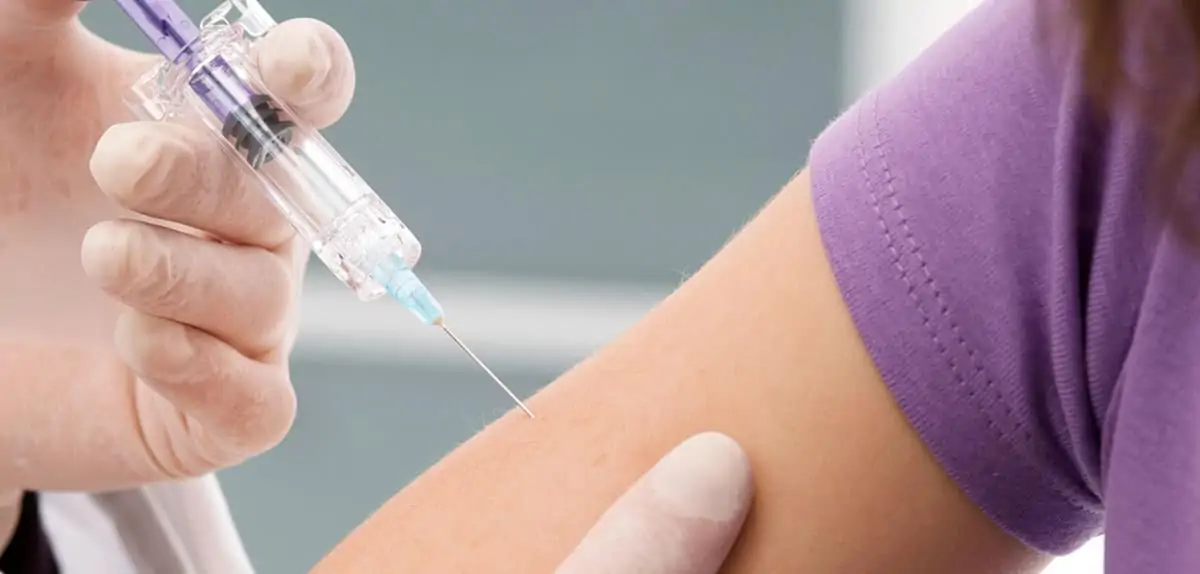 There are various recommended vaccinations for travel into Tanzania. However, there are no required vaccinations.
There are various recommended vaccinations for travel into Tanzania. However, there are no required vaccinations.
The US Center for Disease Control and Prevention (CDCP) recommends the following vaccinations and medications: Malaria, Yellow Fever (required if entering Tanzania from an ‘infected area’), Typhoid, Hepatitis A, Hepatitis B, and Rabies. Additionally, the CDCP recommends routine vaccinations for measles/mumps/rubella (MMR), diphtheria/pertussis/tetanus (DPT) and polio, if you are not up-to-date.
You may also want to bring Diamox, an FDA approved prescription medication used to prevent and treat altitude sickness. Consult with your health care professional.
It is prudent for every client to have a medical check-up to see if you have any medical conditions that put you at increased risk when trekking at high altitude. The minimum age of participants of our climbs is 16 years old. All clients 65 years of age or older are required to bring a doctor’s certificate stating they are fit to climb Kilimanjaro.
WHAT ARE THE ENTRY REQUIREMENTS FOR TANZANIA?
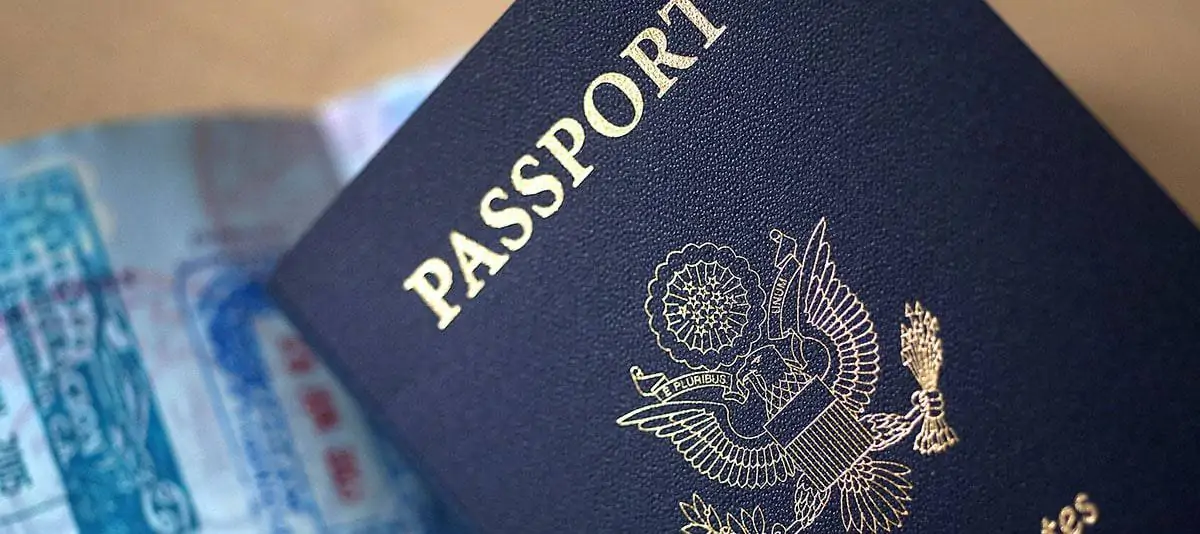 To gain entry into Tanzania, US citizens and most other nationalities will need a passport and visa. The passport must be valid for 6 months after the intended length of stay.
To gain entry into Tanzania, US citizens and most other nationalities will need a passport and visa. The passport must be valid for 6 months after the intended length of stay.
Visas can be obtained prior to departure from the USA (recommended due to long wait times at JRO) or at your point of entry into Tanzania. The visa cost for US citizens is $100. More information can be found here: http://tanzaniaembassy-us.org/?page_id=76#visaForms
To obtain the visa upon arrival at the airport, you will need your passport, the flight card (given to you on the plane), and US dollars. The visa cost for US citizens is $100 and $50 for most other nationalities.
HOW DO I TRAIN TO CLIMB KILIMANJARO?
Achieving a reasonable degree of physical fitness should be a goal in your preparation. Being in good shape will increase your chances of having a safe climb, successful summit, and enjoyable experience.
The main reason that climbers fail to reach the summit is due to the inability to acclimatize to the high altitude quickly enough. Short of going to high altitude, there is little that one can do to pre-acclimatize before the climb. Being physically fit does not guarantee that climbers can overcome altitude issues, but it does reduce the strenuousness of the climb on the body, which in turn, makes acclimatization more likely.
Ideally, your training should simulate actual conditions encountered on Kilimanjaro. Performing day hikes on local trails are the recommended form of training. The trails should include uphill and downhill sections, and you should wear the clothing, boots and daypack (weighted) that you intend to climb in. Try to hike a few times a week, with a mixture of short hikes and hikes that last for several hours. Your hikes on the mountain will on average be between four to six hours but can be as little as two (easy days) and as high as 14 hours (summit day).
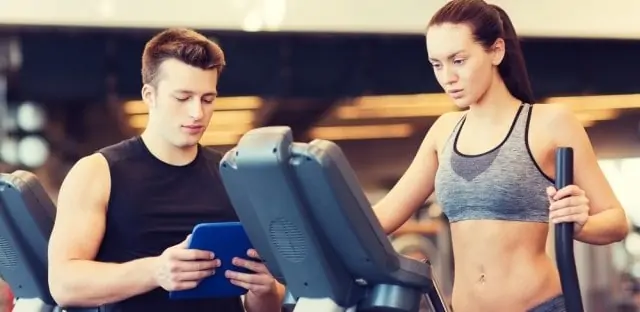 If it is impractical for you to train outdoors, you may exercise at the local gym. The goals of the training program are to boost your aerobic fitness and to increase your endurance. The staple of your training should be walking on a stair climber machine, supplemented with weight training for your legs.
If it is impractical for you to train outdoors, you may exercise at the local gym. The goals of the training program are to boost your aerobic fitness and to increase your endurance. The staple of your training should be walking on a stair climber machine, supplemented with weight training for your legs.
A minimum of three days a week, perhaps shorter sessions during the weekdays and longer sessions on the weekends, for three months, is suggested. Sometimes, try hiking on consecutive days. With proper training, you will develop the leg strength, endurance and confidence necessary for Kilimanjaro.
Here is a sample Kilimanjaro training program.
 For those who cannot train at high altitude or want an added advantage, there are in home systems that may help you acclimatize to the high altitude prior to arriving in Tanzania. Usage of a high altitude system can reduce your symptoms of altitude sickness and increase your chances of reaching the top.
For those who cannot train at high altitude or want an added advantage, there are in home systems that may help you acclimatize to the high altitude prior to arriving in Tanzania. Usage of a high altitude system can reduce your symptoms of altitude sickness and increase your chances of reaching the top.
These high altitude training systems by Hypoxico can be rented for home use just prior to your trip to Kilimanjaro.
HOW DO I DRESS ON MOUNT KILIMANJARO?
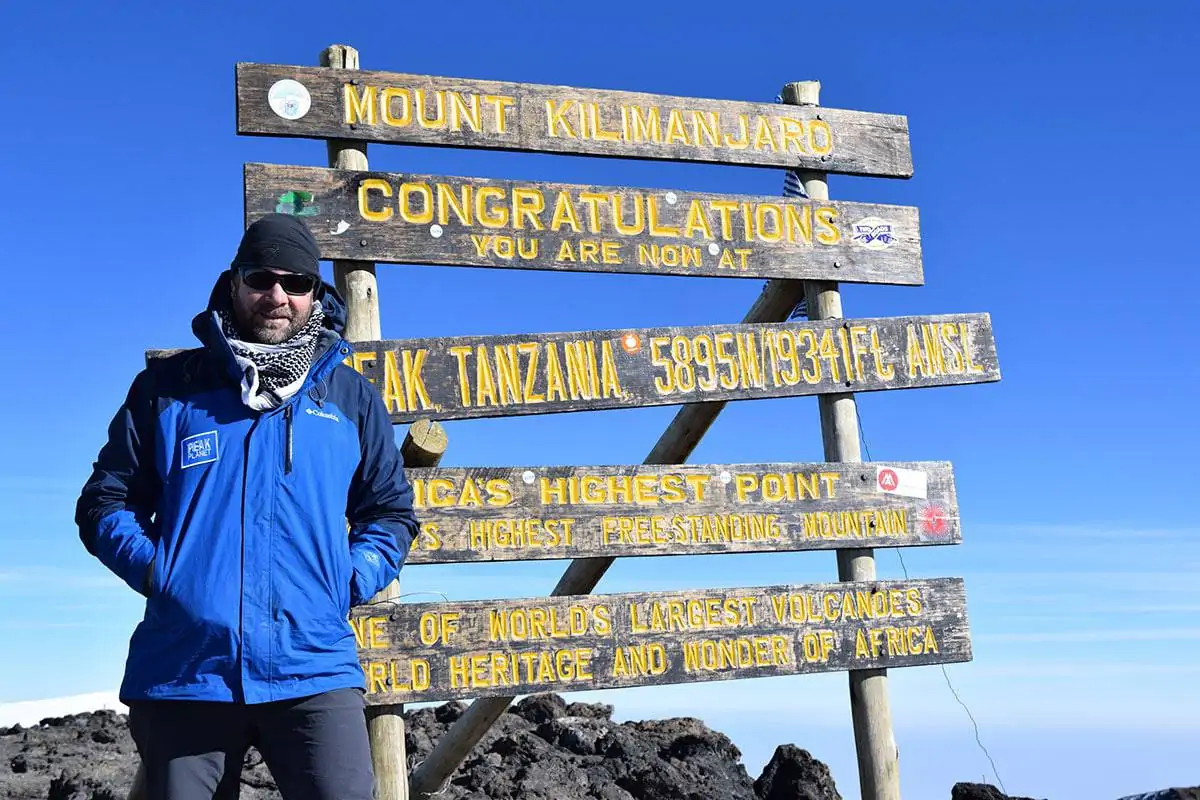
1. Use Layers of Clothing
The best way of regulating your core temperature is by using layers of clothing. At the most basic level, the layering system consists of three different layers. Each layer serves its own purpose. These layers include a base layer, mid layer, and outer layer.
a) Base Layer – the base layer works by keeping your skin warm and dry. It also helps by wicking away moisture from the skin as it develops. This layer usually consists of a semi-snug fitting shirt such as an Under Armour type shirt or a Nike Dry Fit shirt.
b) Mid Layer – the mid layer is used to keep the warmth that your body naturally generates. This can be a fleece jacket or a soft shell jacket. Depending on the weather outside, this layer can be thicker or thinner.
c) Outer Layer – the outer layer protects you from wind, cold, or sometimes rain. On Kilimanjaro, you will need to bring a full compliment of rain gear – including a rain jacket and rain pants. Also, a warm down jacket is essential. Lastly, clients should opt for a pair of gaiters and also get a rain cover for their day pack.
2. Protect Your Head and Face
Protect your head from wind, sun and cold by wearing something on your head at all times while trekking. This can be a cap or wide-brimmed hat when it is warm, or a knit hat when it is cold. You may also want to get a balaclava or a scarf for your face to shield you from wind and dust.
3. Keep Your Extremities Warm
Your hands and feet happen to be one of the hardest parts of your body to keep warm, as the human body decreases the blood supply to your extremities when the body as a whole is cold. Climbers should bring warm, waterproof gloves and boots.
WHAT DOES THE PEAK PLANET STAFF BRING ON THEIR PERSONAL CLIMB?
Porter loads are limited by our standards of porter treatment as well as by Kilimanjaro National Park authorities. Each client should bring a maximum of 33 lbs/15 kg of luggage for porters to carry onto Kilimanjaro, so please choose your gear sparingly. The luggage, which should be contained in a duffel bag, will be weighed prior to departure.
As noted previously, clients will only carry a medium-sized daypack, containing items that you will need during your daily walks. Accordingly, your duffel bag should contain the items that you will not need between campsites. The porters will carry your duffle bag inside another heavyweight client bag to give it further protection from dust, water and abrasions. Any items that are not needed for the climb at all can be safely stored in the hotel.
WHAT GEAR DO I NEED TO CLIMB KILIMANJARO?
WHEN IS THE BEST TIME TO CLIMB KILIMANJARO?
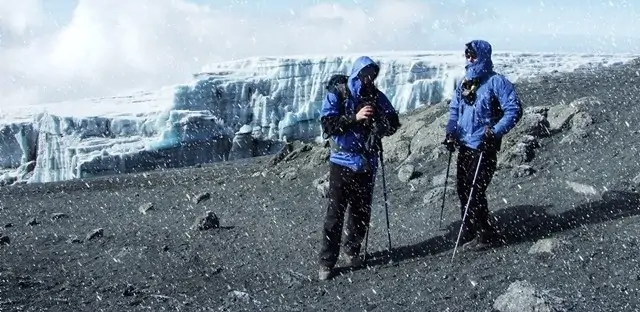 The best time to climb Kilimanjaro is during the months of January, February, June, July, August, September, October and December. All of the above months tend to be the busiest times on Kilimanjaro. It is the high season for tourism.
The best time to climb Kilimanjaro is during the months of January, February, June, July, August, September, October and December. All of the above months tend to be the busiest times on Kilimanjaro. It is the high season for tourism.
Because Tanzania lies near the equator, the area does not have four seasons like most other countries. Instead there are two seasons – wet and dry. The temperature does vary but does not have the large swings that most people are accustomed to.
The only times that should be avoided are during Tanzania’s two rainy seasons. The long rainy season is from the end of March to the beginning of June and the short rainy season is from November to the beginning of December. Even during the “dry” seasons, climbers may still experience heavy rains. The mountain’s weather is unpredictable. Always be prepared for cold and rain.
WHAT’S THE WEATHER LIKE ON KILIMANJARO?
DO I NEED TO BRING A WATER FILTER OR ANYTHING TO PURIFY WATER?
No, all water is provided by us. Water is taken from nearby streams, boiled and filtered at lower elevations. At higher elevations, water is purified by chlorine tablets.
We recommend taking flavored powders such as Gatorade or Nuun tablets to cover the chlorine tablet taste.
I DON’T LIVE BY A MOUNTAIN, HOW ELSE CAN I PREPARE FOR THE ALTITUDE?
There are altitude training systems that are designed to prepare you for a high altitude environment. These systems can be rented and used prior to your trip to Kilimanjaro More information about these systems can be found here: Altitude Training Systems
DO YOU RENT ANY GEAR?
Yes, we rent out sleeping bags, ALTOX: personal oxygen, jackets and trekking poles. More information about our rental gear can be found here: Rental Gear
Please note: You will pay for the rental equipment with US Dollars, 2009 and newer bills at the trip briefing. It is not included in your booking form payments and we do not accept Credit Cards in Tanzania. Cash only.
I HAVE QUESTIONS NOT ADDRESSED ON THE SITE. HOW CAN I CONTACT YOU?
You can contact us by:
Email: info@peakplanet.com
Phone: 480-463-4058 (9am-4pm PST Monday-Friday)
HOW DOES THE TIPPING PROCESS WORK?
More information about tipping can be found here: Tipping on Kilimanjaro
WHAT ARE THE LODGE ACCOMMODATIONS LIKE BEFORE AND AFTER THE CLIMB, OR ON THE SAFARI?
We have chosen small, quiet, clean and comfortable lodges to serve as a relaxing complement to your climb. The websites of the accommodations are linked in our itineraries, and you are encouraged to visit them. The locations shown on the itineraries are fixed and part of the trip, and unfortunately we cannot honor requests for alternatives.
IS THERE A MINIMUM NUMBER OF CLIMBERS NEEDED FOR A TRIP TO DEPART?
No, all of our climbs are guaranteed to depart as soon as one climber has joined.
CAN I JOIN A GROUP CLIMB AS A SINGLE CLIMBER?
Yes, a single climber can join any group climb or even book their own private climb. We do not have a minimum number of climbers in order for a climb to be guaranteed to depart. All of our climbs will 100% depart as soon as one climber has joined.
WHY ARE OTHER COMPANIES’ PRICES HIGHER/LOWER?
We are a mid-range company, providing a high standard of service for a fair price. Luxury operators charge prices much higher than ours for things you do not need, while budget operators charge prices lower than ours and leave out things you do need.
We are one of the few specialist companies operating on Kilimanjaro and we have built a solid reputation as one of the best on the mountain. We will gladly put our standard of service and our client satisfaction ratings against any of our competitors. 90% of the operators out there do not even come close, while the others will charge you far higher prices for the same level of service.
WHAT IS INCLUDED ON YOUR TRIPS? WHAT IS NOT INCLUDED?
What is included in my Kilimanjaro Climb?
- All Park Fees
- Hotel Lodging the night before and the night after the climb (breakfast included)(double occupancy)
- Airport Pickup and drop off
- Transport from the hotel to the trailhead
- Transport from the trailhead back to the hotel
- Tents (double occupancy)
- Private toilet tent
- All meals and water on the mountain
- Support personnel (guides, cooks and porters)
- SAR insurance
What is NOT Included
- Airfare to Tanzania
- Tips for guides and porters
- Sleeping bags and other personal gear
- Visa
- Travel Insurance
- Drinks and/or snacks
WHAT IS THE MINIMUM AGE THAT YOU CAN CLIMB WITHOUT AN ADULT?
Climbers must be 18 years of age or over to climb alone. Climbers under 18 must have an adult accompany them on the climb. We recommend you book a private climb with Children under 16 years old. We will guide children under the age of 14 on a case by case basis, depending on the experience level of the child and parents.
WHAT ARE YOUR REFUND AND CANCELLATION POLICIES?
A 20% deposit, paid by credit card or wire transfer is due at the time of booking. The trip balance payment is due 60 days prior to trip departure. Failure to make full payment by the due date may result in forfeiture of the trip deposit and any partial balance payments. The Company reserves the right to cancel any reservation should timely final payment not be received. It is the Client’s responsibility to ensure payment is made by the due date.
The deposit will be refunded if the trip cannot be confirmed. Otherwise, the deposit is not refundable under any circumstances. If cancellation is made 60 days or more before the trip start date, the cancellation fee is 20% of the total trip price. If cancellation is made 59 to 31 days prior to trip start date, the cancellation fee is 50% of the total trip price. If cancellation is made 31 days or less prior to trip start date, there are no refunds. Trip cancellations must be made in writing and acknowledged by the Company. The cancellation shall be deemed to have been made on the date such notice is received by the Company.
Should the Client be unable to make their trip it may be possible to transfer payments and deposits. The new trip must occur within one year of the original date. The Company reserves the right to prohibit a trip transfer. For a request to transfer made more than 60 days before the original start date, a fee of $200 per person will be charged, should a transfer request be granted. For a transfer request made within 59 to 32 days of the trip start date, a fee of $400 per person will be charged, should a transfer request be granted. No transfers will be granted less than 31 days of the trip start date.
Travel Insurance is mandatory. The client must have valid travel and medical insurance which covers high altitude trekking, medical and repatriation costs, trip cancellation and emergency evacuation. The client must provide proof of insurance to before the trip commences. The Client will not be allowed to participate in the trip without such insurance and will not be entitled to any refund. Furthermore, Client certifies that he or she has adequate insurance to cover any injury or damage he or she may suffer while participating, or else agree to bear the costs of such injury and damage himself or herself.
If the Client leaves the trip, voluntarily or involuntarily, under any circumstances, after the trip has begun any additional cost incurred due to such action is the responsibility of the Client. There are no refunds for services not utilized.
WHAT FORMS OF PAYMENT DO YOU ACCEPT?
Credit Cards – Mastercard and Visa only (there is no additional fee for paying with a credit card)
Bank Wire – International or Domestic wires
HOW DO I BOOK A TRIP?
To begin your booking you can fill out a booking form request for a group climb or private climb, email us or simply call us at 480-463-4058.
We will send you a booking form within 1 business day. Please note that requesting and receiving a booking form for a specific trip does not reserve or confirm the climb for you. Climbs are not confirmed until we receive the completed form along with the deposit.
A 20% deposit, paid by credit card or wire transfer is due at the time of booking. The trip balance payment is due 60 days prior to trip departure.
Once we receive the completed forms and deposit, we begin to arrange your climb, safari and lodging. This usually takes between 2-3 business days. When your climb, safari and lodging are all set up, we have officially confirmed your trip.
This means that your booking is all set to go. The deposit is not refundable once the trip is confirmed.
WHAT KIND OF BAGS SHOULD I BRING, DUFFLE BAG OR BACKPACKS?
When climbing Kilimanjaro, you will need to bring at least 2 bags. One should be a daypack which you will carry during your hike. The second bag can be a duffle bag or a backpack. This bag should be slightly larger, from 75L to 90L.
Think of your first bag, your daypack as your carry on luggage. You will have access to this bag during the entire day as you hike. This daypack will weigh about 15lbs. It will contain your water, your lunch, snacks, raingear, camera and maybe an extra layer of clothing.
Your second bag is like a check-in bag. You will give this bag to a porter and he will carry it from campsite to campsite. You will not have access to this bag during the day. It will be waiting for you inside your tent when you arrive at your campsite. This bag will contain all your other clothing and toiletries.
The second bag should not weigh more than 30lbs. If it is a duffle bag, it does not need to be waterproof as the porters will put it inside another larger waterproof bag. If it is a backpack, it should have a rain cover because the porter will most likely wear it as a backpack as he carries it.
DO I NEED ANY VACCINATIONS TO GET INTO TANZANIA?
There are no specific vaccine requirements needed to enter Tanzania from the United States. However, be aware that the government of Tanzania requires proof of yellow fever vaccination upon arrival if you are traveling from a country with risk of yellow fever. If you fly directly from the United States to Tanzania (including layovers in which you do not exit the airport) you will not need the yellow fever vaccine. However, if you are arriving from a country listed here, you will need the yellow fever vaccine.
DO I NEED A PASSPORT AND/OR VISA TO GET INTO TANZANIA?
To gain entry into Tanzania, US citizens and most other nationalities will need a passport and visa. The passport must be valid for 6 months after the intended length of stay.
Visas can be obtained prior to departure from the USA (recommended due to long wait times at JRO) or at your point of entry into Tanzania. The visa cost for US citizens is $100. More information can be found here: http://tanzaniaembassy-us.org/?page_id=76#visaForms
?page_id=76#visaForms
Obtaining a Visa at JRO airport for citizens of most countries is a relatively simple process. When you arrive at JRO, as you enter the airport there will be two lines. The line on the right is for people purchasing a visa. The line straight ahead is for people who have a visa. To get your visa you fill out one form, show them your passport and pay $100 USD (If you are a US citizen).
HOW MANY DAYS AHEAD OF TIME SHOULD I ARRIVE?
Our climbs have an arrival and departure day built-in. We recommend arriving at least one day early. This will give your body time to adjust to the time change and also recuperate from the long flight. It also gives you a cushion in case your flight is canceled or delayed, or if your bags are lost or delayed.
MY KLM/DELTA FLIGHT FROM AMSTERDAM LANDS IN THE EVENING THE NIGHT BEFORE THE CLIMB. IS THIS OK?
Many of our clients will take this flight from Amsterdam. By the time you go through customs and take the 45-minute drive to the lodge, you will arrive around 9:30 pm.
If you arrive at 9:30 pm the night before the climb, you will miss our pre-climb briefing. But we can give you another briefing then next morning.
Our suggestion is that you arrive one day early if possible. This way you will get one day to relax and recuperate for your climb.

